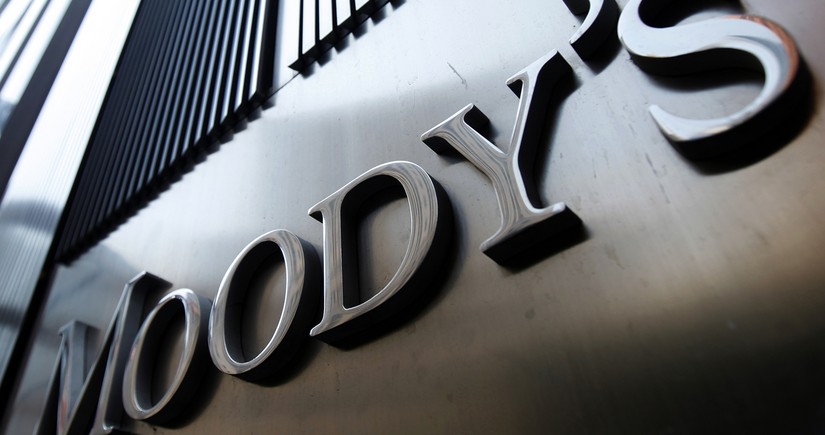Moody's: Middle Corridor development strengthens credit quality of Azerbaijan, Kazakhstan, Georgia
- 12 September, 2025
- 12:17

Geopolitical conflicts have increased the need to develop alternative trade routes, including the Middle Corridor (Trans-Caspian International Transport Route, TITR), connecting Central Asia and the Caucasus, Report informs referring to the international rating agency Moody's.
Transit volumes and investment have grown rapidly, mainly benefiting the countries it traverses, Kazakhstan (Baa1 stable), Azerbaijan (Baa3 positive) and Georgia (Ba2 negative).
Middle Corridor development has helped improve sovereign credit quality.
The transport and logistics sectors' rapid growth has improved economic prospects and diversification, particularly for hydrocarbon reliant economies like Azerbaijan and Kazakhstan. Increased foreign investor interest has also encouraged governments to align their institutional frameworks with international practices. While state-led infrastructure upgrades increase budget expenditure, this is mitigated by some economies' fiscal room and access to concessional financing.
According to the update, Kazakhstan, Azerbaijan and Georgia's banks will benefit, but indirectly.
Their reliance on short-term funding, especially for banks in Kazakhstan and Azerbaijan, and their high cost of capital mean they are not expected to play a significant role in infrastructure financing. Banks will, however, indirectly benefit by financing subcontractors and adjacent sectors. The corporate and SME sectors also stand to benefit from increased economic activity which will also rise wealth levels, benefiting banks. Increased trade flows and infrastructure investment benefit companies, particularly in the transport, logistics and construction sectors. Improved transit routes are helping domestic exporters access new markets.
National railway operator Kazakhstan Temir Zholy JSC is playing a central role thanks to its strategic location. As the key beneficiary of the surge in transit volumes, the company embarked on an ambitious infrastructure program, aimed at unlocking capacity. This initiative requires substantial capital outlays, supported by state aid, including funding at favourable terms and tariff regulation.
Obstacles to unlocking the Middle Corridor's full potential remain. Despite significant progress, limited rail capacity, outdated logistics, and insufficient port connectivity across key transit nodes are major bottlenecks. Policy coordination across governments is difficult, because the corridor spans multiple jurisdictions with varying customs procedures, regulatory standards and border management practices. Sustained multilateral cooperation, infrastructure investment and political commitment across the region are needed.
